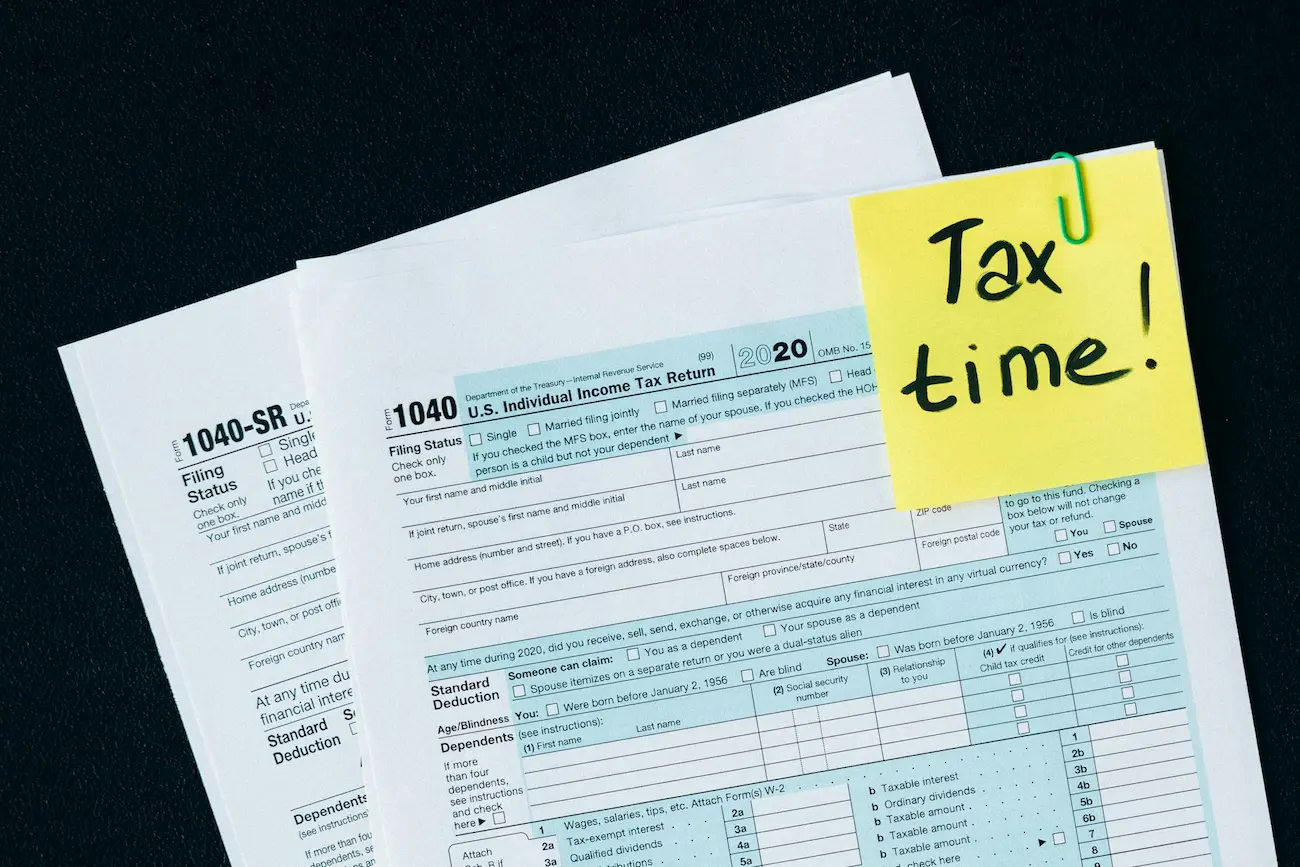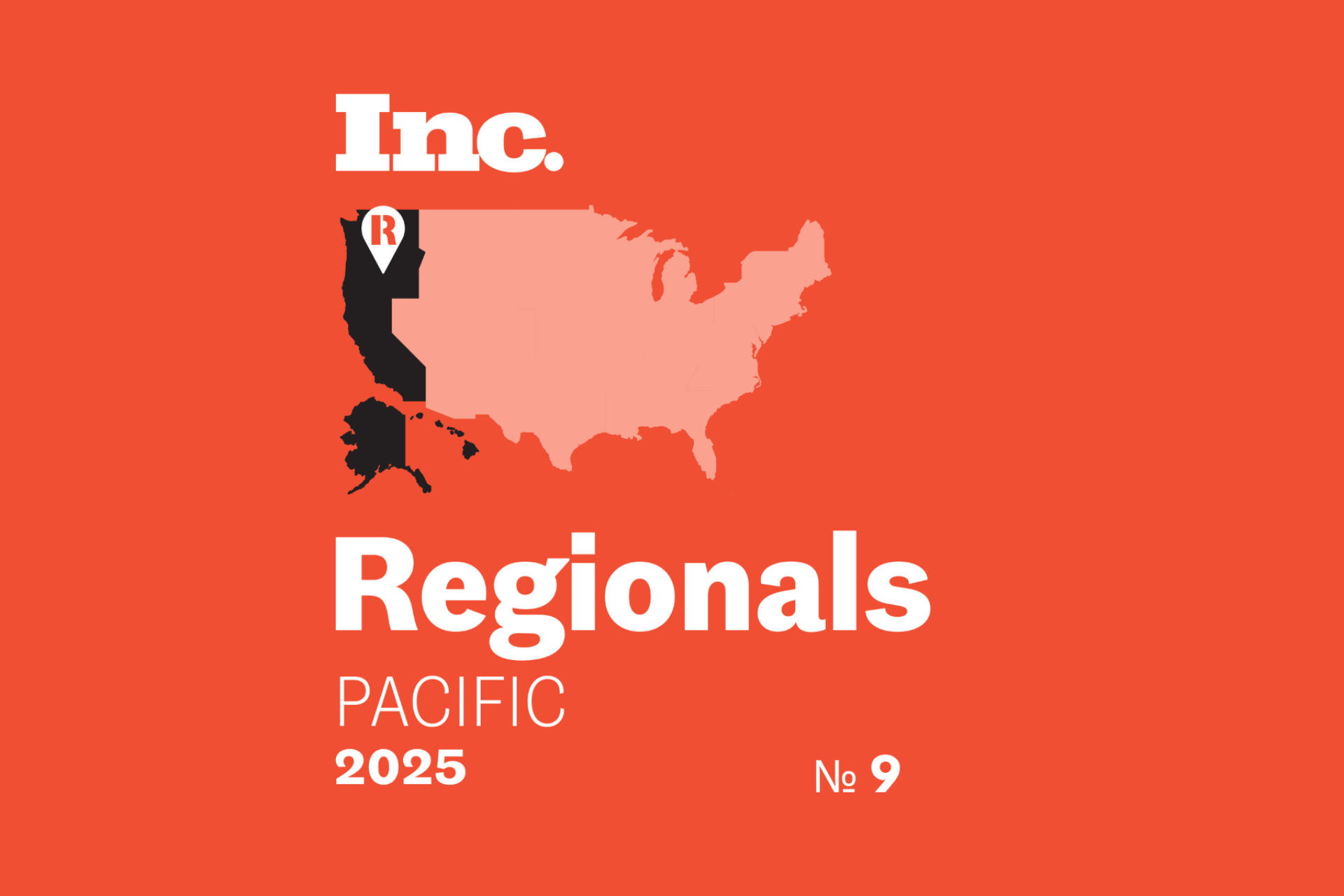Construction businesses deal with long-term projects, variable cash flows, and complex labor and material costs, making accurate tax reporting critical. Missteps can lead to substantial tax liabilities or missed deductions, affecting cash flow and profitability.
With the right approach to recordkeeping, accounting methods, and tax planning, construction companies can manage their taxes effectively, minimize liabilities, and ensure compliance with current tax regulations.
Here are 6 steps to worry-free tax planning. Easy to maintain, easy to file.
1. Correct Records
Without organized records, construction companies risk overpaying on taxes or missing out on valuable deductions. By establishing a system for tracking expenses, project costs, and revenue, construction firms can simplify tax preparation and support more strategic financial planning.
The IRS recommends keeping financial records for 3 to 7 years, depending on the type of document and the specific tax situation. This retention period helps ensure you’re covered in case of an audit or if you need to amend a return.
Here are some essential recordkeeping practices:
- Track all income and expenses meticulously throughout the year.
- Keep detailed records of project costs, including materials, labor, and overhead.
- Maintain organized documentation for all business transactions, receipts, and invoices.
- Use accounting software designed for a construction firm, such as Quickbooks for Contractors and Sage 100 Contractors to handle job costing, project tracking and payroll.
Potrus CPA can help you set up and maintain reliable recordkeeping systems tailored to your construction business. From choosing the right software to organizing your finances, we make tax season simpler and more accurate.
2. Choose the Right Accounting Method
Construction firms have several accounting methods to choose from, and each impacts how income and expenses are reported for tax purposes.
Cash Method
Income is recorded when it’s received, and expenses are deducted when paid. It’s simple and works well for small construction firms with short-term projects.
For example, if you’re paid for a remodeling job in March, you report that income in March, even if the work started in February. Use this method if you want easier cash flow tracking and don’t deal with long-term contracts.
Accrual Method
You record income when earned and expenses when incurred, even if money hasn’t changed hands yet. It gives a clearer view of profitability over time. If you order materials in June but pay the bill in July, the expense is recorded in June.
Choose this method if you manage multiple ongoing projects and want to align expenses with project phases.
Percentage of Completion
You report income based on how much of a project is completed. This method is often used for contracts lasting more than a year. If a project is 40% done by December, you report 40% of the total income that year.
Consider this method for large-scale or government projects where progress billing and long-term planning are critical.

3. Most Overlooked Deductions in Construction
Many construction businesses leave money on the table by missing deductions hidden in everyday operations. These costs add up fast and, when claimed properly, can significantly reduce taxable income and improve year-end cash flow.
Materials vs Supplies
There’s a difference between materials that become part of the final structure and those that don’t.
Permanent materials like lumber, concrete, and electrical wiring are typically capitalized and depreciated over time. Temporary supplies such as tarps, safety cones, or scaffolding used during the job are usually fully deductible in the year they’re used.
Tip: Classify materials correctly. Deduct short-term-use supplies right away, and track long-term-use materials for depreciation.
Jobsite Costs
Expenses like permits, inspections, temporary utilities, and waste disposal often get lumped into project budgets and forgotten during tax prep. These are fully deductible and can range from a few hundred to several thousand dollars per job.
Examples:
- Dumpster rentals: $400 to $800 per project
- Temporary utilities (power/water): $300 to $1,500 per month
- Soil testing or grading: $500 to $3,000
- Permit and inspection fees: $200 to $5,000 per job
Tip: Track and separate these costs on a per-project basis to ensure they’re not missed at filing time.
Bonding Insurance
Premiums for bid, performance, and payment bonds are common in construction and are fully deductible. These are often required for larger or public jobs but are frequently overlooked because they’re paid upfront and treated like admin costs.
Tip: Deduct bonding insurance in the year it’s paid. Keep copies of the bond agreements for your records.
Subcontractor Labor Costs
Payments to subcontractors are 100% deductible, but only if properly documented. That means issuing 1099s for each contractor paid $600 or more in a tax year.
Action Step: Verify that each subcontractor has submitted a completed W-9, and ensure 1099-NECs are filed on time to avoid IRS penalties.
Bid Preparation Expenses
The costs of preparing and submitting bids are often overlooked. Expenses like printing blueprints, using estimating software, or traveling to job sites for bids are all deductible.
Tip: Track bid-related costs as a separate category in your accounting software, even if the bid isn’t won.
Section 179 vs Bonus Depreciation
Construction businesses can deduct equipment purchases more strategically by choosing between Section 179 and bonus depreciation.
| Aspect | Section 179 | Bonus Depreciation |
| Deduction Limit | $1.16M (2023); phases out after $2.89M | No limit |
| Equipment Type | New or used | New only (used allowed post-2023) |
| Best For | Smaller purchases (< $1M) | Large fleets or equipment (> $1M) |
| Carryover | Limited to taxable income | No income requirement |
Tip:
- Buying a used $500K bulldozer? Use Section 179 to deduct the full cost this year.
- Purchasing a new crane or truck? Use 100% bonus depreciation.
Home Office Rules
Home office deductions can be tricky and are often rejected due to misuse. To qualify, the space must be used exclusively and regularly for business, and it must be your principal place of business.
Qualifies:
- A trailer office on your job site
- A dedicated room where you manage admin work, bids, or payroll
Doesn’t qualify:
- Your kitchen table
- A garage used mainly for storage unless it’s set up as a true office
How to Calculate:
(Home office sq. ft ÷ total home sq. ft) × total home-related expenses (rent, utilities, repairs)
4. Properly Classify Workers
Classifying workers correctly is a big deal in construction. Getting it wrong can lead to serious IRS penalties, back taxes, and legal issues.
Here’s how to stay compliant:
- Use the IRS Common Law Test, which looks at:
- Behavioral control – Do you control how, when, or with what tools the work is done?
- Financial control – Does the worker buy their own tools or take on financial risk?
- Relationship – Are they getting benefits or working long-term without a contract?
- Watch for red flags:
- Paying workers hourly without a contract
- Providing all the equipment
- Assigning core business tasks to “contractors”
- Use Form SS-8 to get IRS guidance if you’re unsure about a worker’s status.
- Keep proper documentation:
- Contractors: license, insurance, invoices
- Employees: timecards, payroll records
When in doubt, check both federal and state rules. For example, California uses a stricter ABC test for determining whether a worker is truly an independent contractor, especially in industries like construction, trucking, and freelance trades.
5. Plan for Estimated Tax Payments
For construction businesses, tax planning often includes making quarterly estimated tax payments. Since income can vary greatly across projects, calculating and setting aside funds for these estimated taxes throughout the year helps avoid financial strain when payments are due.
By regularly reviewing income and expenses, business owners can anticipate their income and tax liability more accurately.
Making timely estimated payments not only prevents penalties but also eases the financial burden during tax season. Setting aside funds in advance also helps maintain a steady cash flow, ensuring that taxes don’t disrupt other business operations or growth opportunities.
Potrus CPA helps construction businesses stay ahead of estimated tax payments with smart planning and accurate forecasting. Let us handle the numbers so you can focus on building your projects, not worrying about tax deadlines.
6. Using Tax Credits
Tax credits offer construction firms a way to directly reduce their tax bills, and they’re especially beneficial because they apply dollar-for-dollar rather than as deductions. A few key credits are available that align with common construction industry practices.
R&D Tax Credit
The Research and Development (R&D) Tax Credit rewards construction companies that invest in new building methods, construction processes, or materials that improve performance or efficiency. Even small changes like refining framing systems or experimenting with new HVAC designs can qualify.
Keep records of project trials, blueprints, and labor hours dedicated to innovative work. This credit can be claimed annually and retroactively in some cases.
Work Opportunity Tax Credit (WOTC)
The WOTC offers tax savings for hiring employees from target groups, such as veterans, long-term unemployed individuals, and those receiving government assistance. It provides a credit of up to $9,600 per qualified employee, depending on the group and hours worked.
Use IRS Form 8850 to apply within 28 days of the employee’s start date.
Energy-Efficient Construction Credits
If your firm builds energy-efficient residential or commercial structures, you may qualify for:
- Section 45L Credit: Up to $2,500 per dwelling unit for energy-efficient residential homes or apartments.
- Section 179D Deduction: Up to $5.00 per square foot for commercial buildings that meet specific energy reduction standards in HVAC, lighting, and envelope systems.
Work with a qualified certifier to document compliance and claim these credits when filing.
Don’t Miss State and Local Incentives
Many states and local governments offer additional tax credits for hiring local workers, using eco-friendly building materials, or meeting regional sustainability standards. These incentives vary by location but can significantly reduce overall tax liability when combined with federal credits.
Check your state’s Department of Revenue or local business development office for available construction-related tax credits and requirements.
Why Every Construction Company Needs a Professional CPA
Construction taxes aren’t straightforward. With complex projects, shifting cash flow, and changing tax laws, it’s easy to make costly mistakes without expert help.
A professional CPA understands industry-specific tax rules, helps you plan ahead, and keeps your business compliant. They spot deductions you might miss, guide you on worker classification, and make sure your financials are audit-ready.
Trying to handle it all yourself can lead to stress, penalties, and lost money. Working with a CPA saves you time and protects your bottom line.
Potrus CPA specializes in helping construction firms manage their taxes with confidence. We offer personalized support, strategic planning, and free consultations to help you stay focused on building your business.







